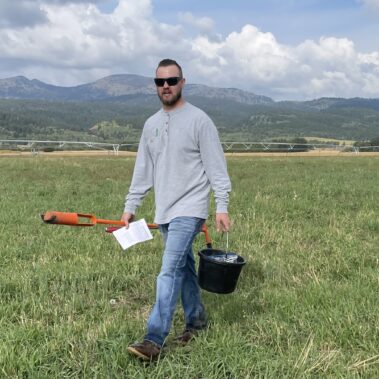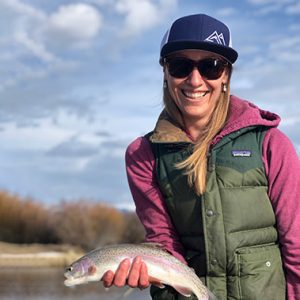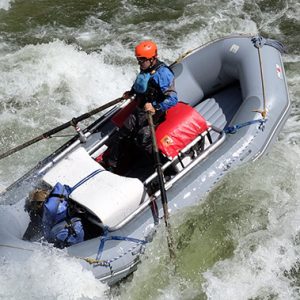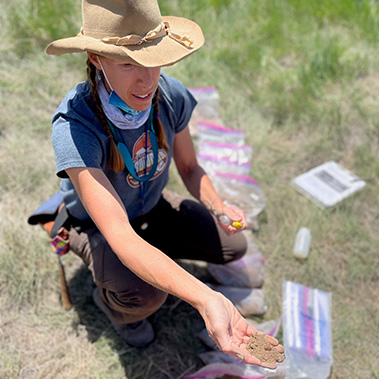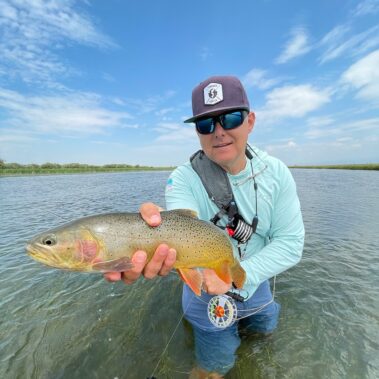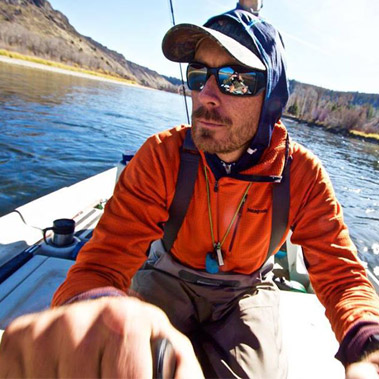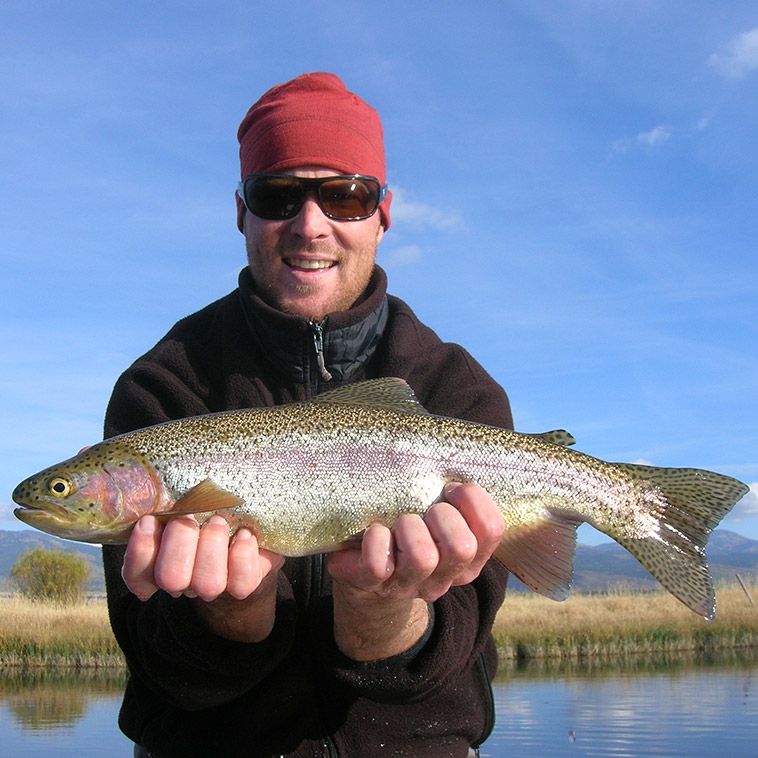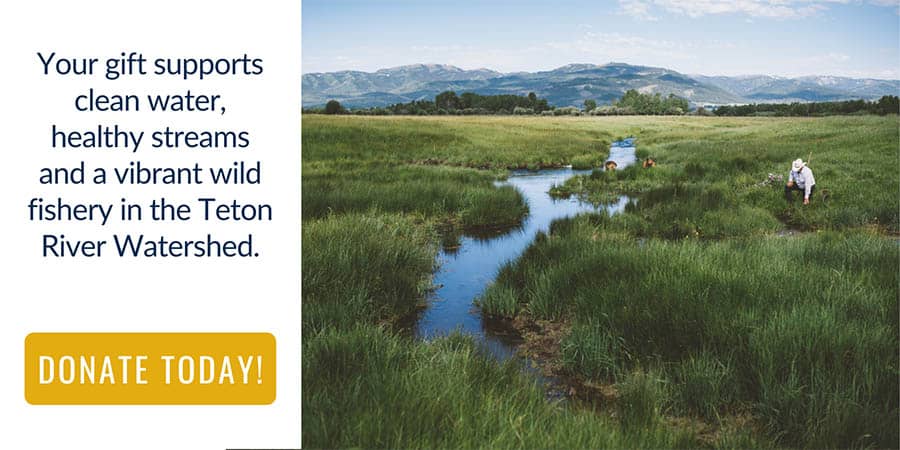
Watershed Research
Fisheries
Historically, Yellowstone Cutthroat Trout (YCT) flourished in the Teton River and the region, making spawning runs into the mountain tributaries. Between 1999 and 2003, YCT numbers plummeted by 95% due to a number of natural and human causes. Much of FTR’s fisheries research has been focused on understanding the causes of this decline and how we can help to improve conditions for native trout. In 2005, FTR and project partners began tracking trout populations in the major tributaries of the Teton River watershed. FTR’s fisheries data (for cutthroat and non-natives) is highly regarded in the scientific community and is one of the most robust data sets available for any western watershed and native trout species.
Today, we work with agency partners and regional experts to understand the health of the Teton River Watershed fishery. We use a variety of research techniques including PIT tagging, electrofishing, and telemetry to study Yellowstone Cutthroat Trout population numbers, movement patterns, spawning locations, and mortality. FTR also uses these research techniques to study the impacts of non-native trout, rainbow, brook, and brown trout on native trout.
With long-term data, we are better able to understand the impacts of climate change, changing water use and management, changing precipitation patterns, water quality, and habitat–and where to place our efforts to improve the fishery in this last-best watershed for YCT.

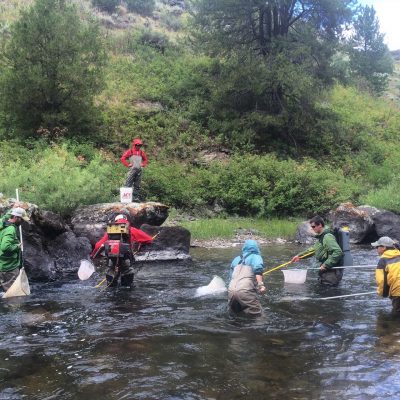
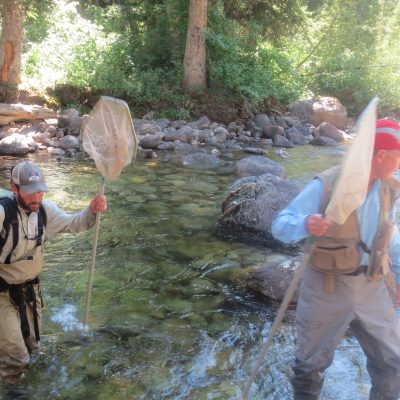
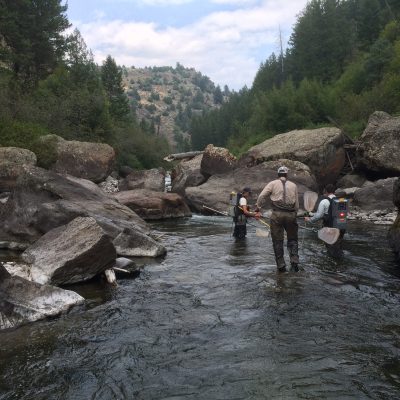
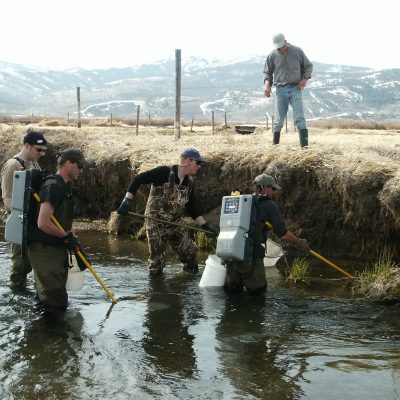
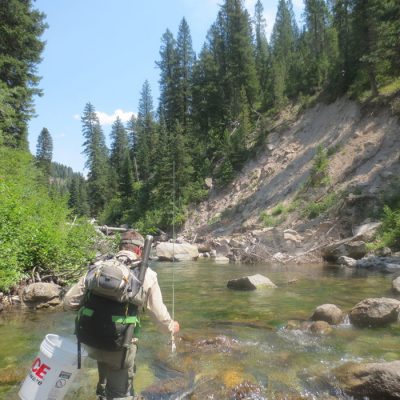
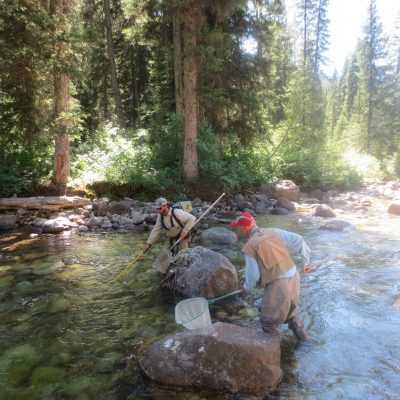
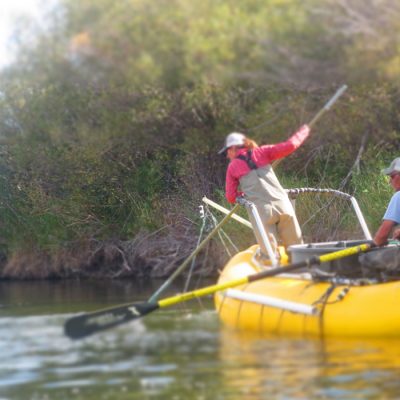
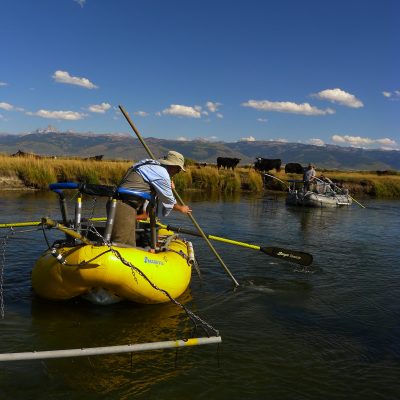
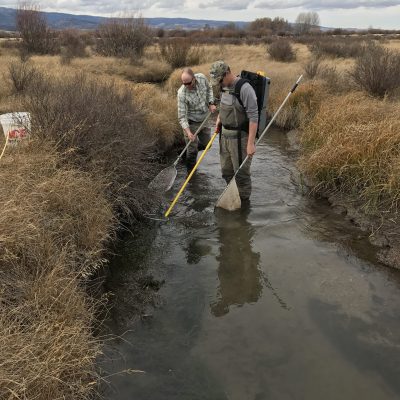
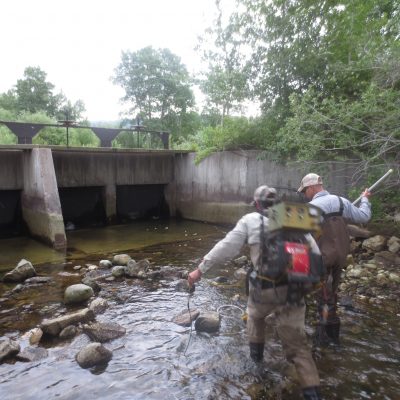
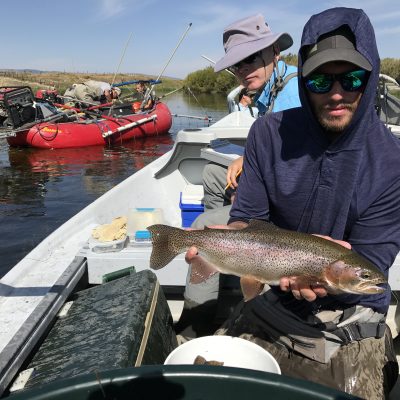
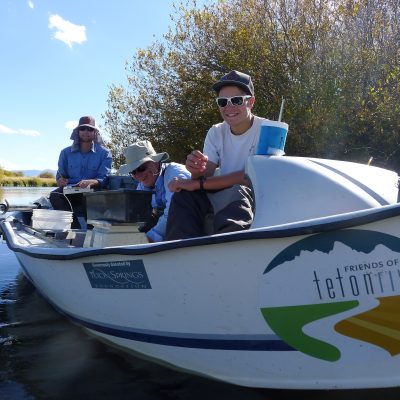
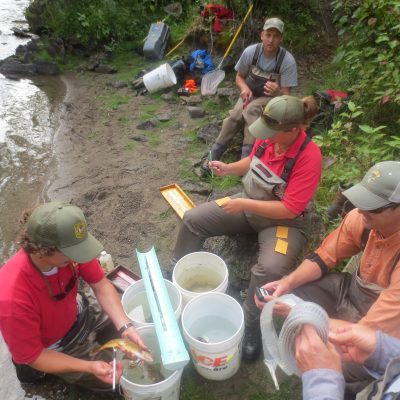
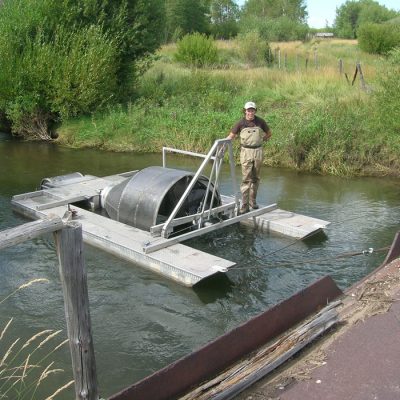
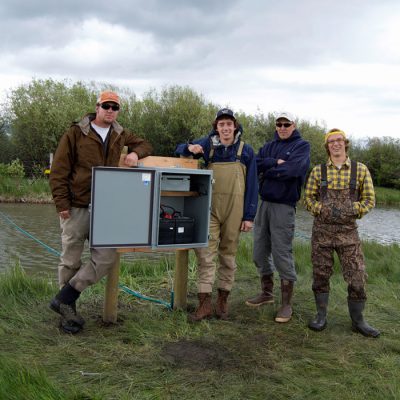
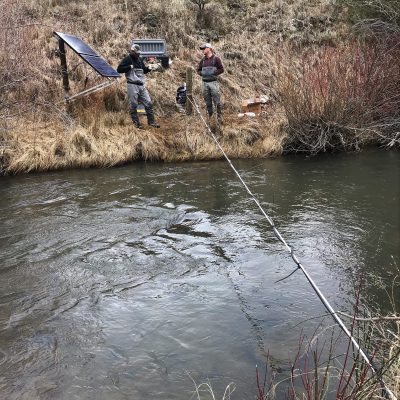
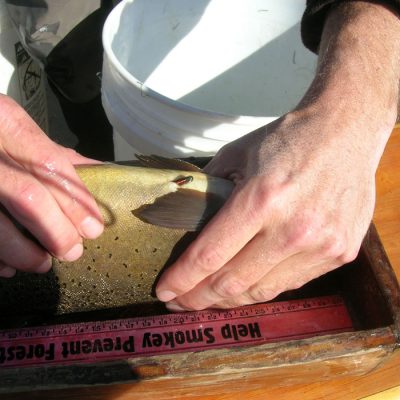
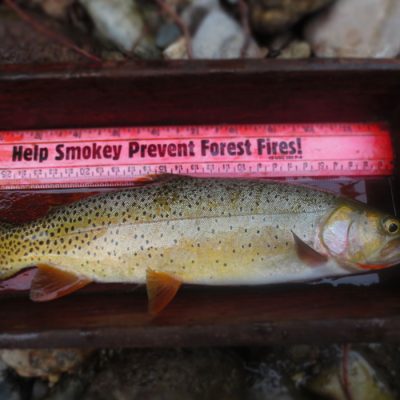
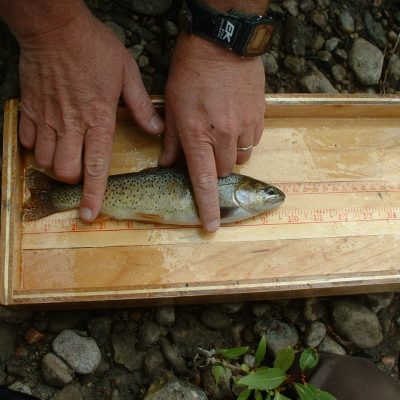
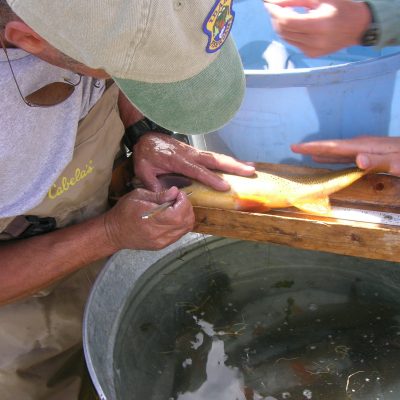
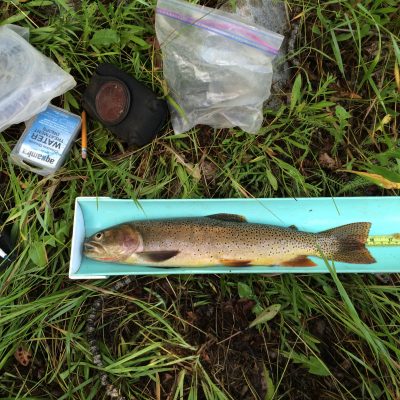
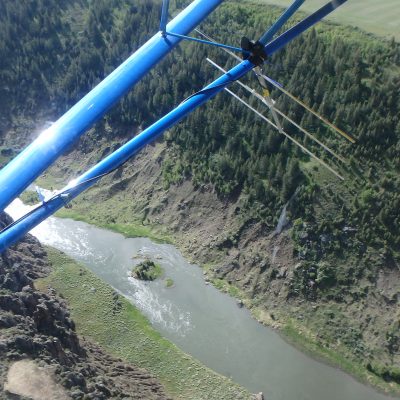
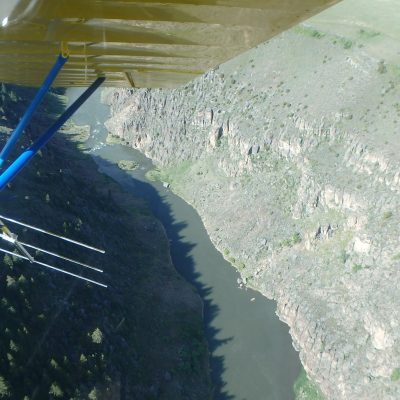
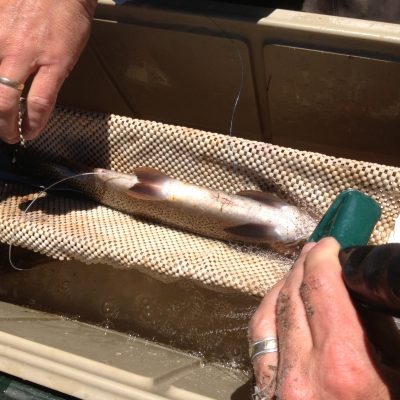
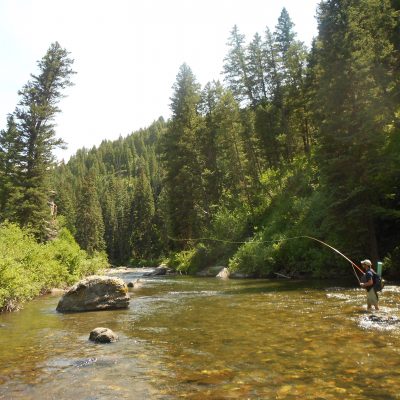
 McKenzie is the Program and Development Associate. She supports the Grants Director, Philanthropy Director, outreach efforts and program staff in the field. She aims to assist staff in meeting goals and producing high quality work in service of the Teton River Watershed. She is originally from Santa Barbara, California and grew up visiting her grandparents in Teton Valley. Her passion for the great outdoors and conservation grew when she studied Ecology and Evolutionary Biology at the University of Colorado Boulder, and she is excited to continue learning from this organization.
McKenzie is the Program and Development Associate. She supports the Grants Director, Philanthropy Director, outreach efforts and program staff in the field. She aims to assist staff in meeting goals and producing high quality work in service of the Teton River Watershed. She is originally from Santa Barbara, California and grew up visiting her grandparents in Teton Valley. Her passion for the great outdoors and conservation grew when she studied Ecology and Evolutionary Biology at the University of Colorado Boulder, and she is excited to continue learning from this organization.
